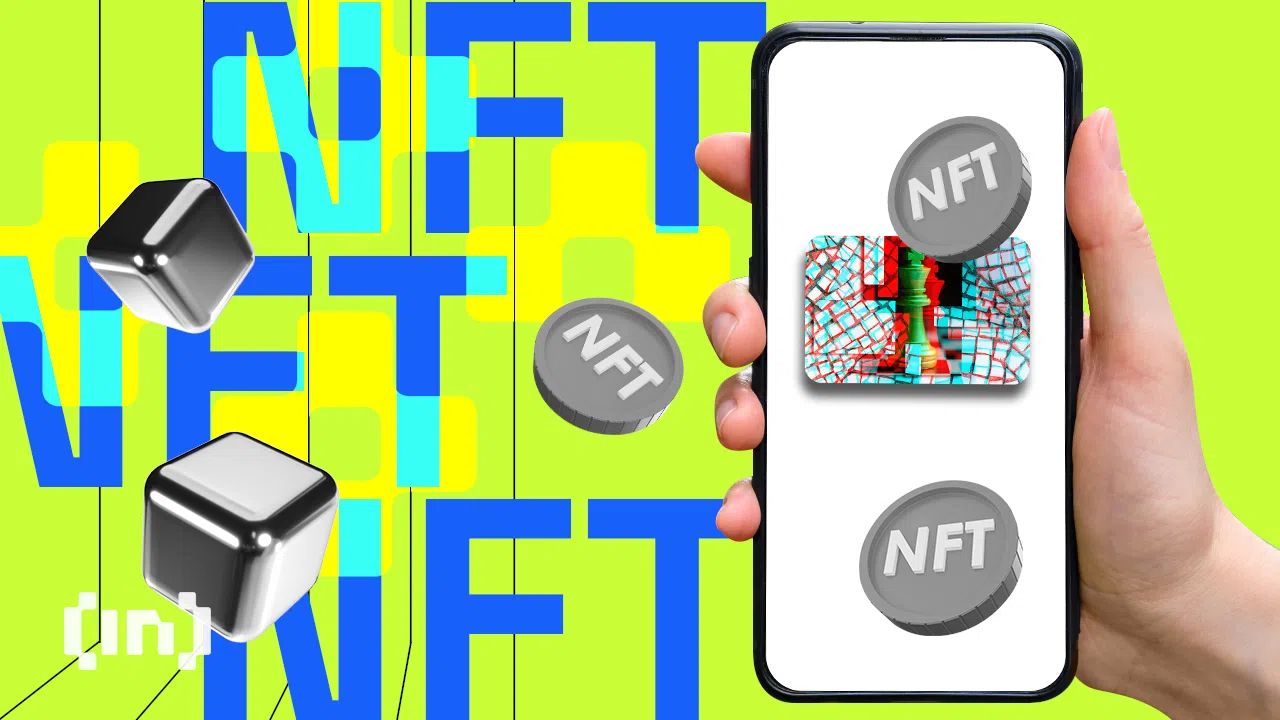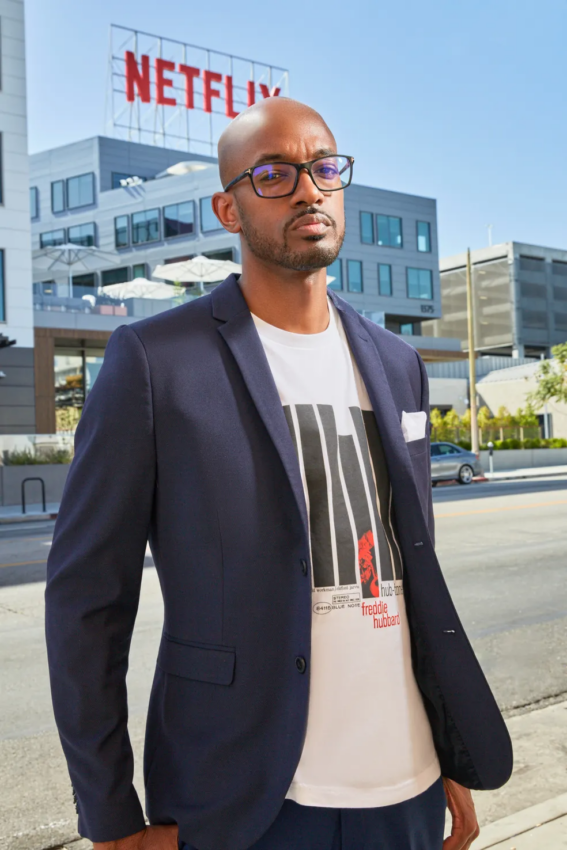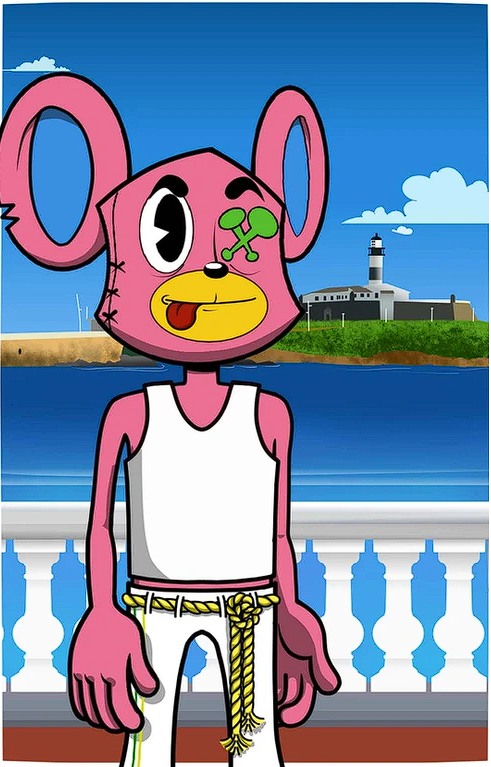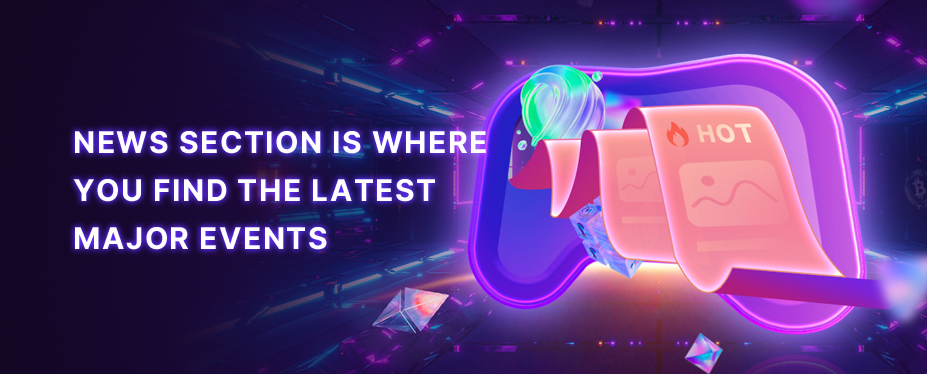Web3 Project uses NFTs to promote Salvador's cultural richness

Former Netflix director Aaron Mitchell wants to promote Salvador as a center of African culture in Brazil and encourage local entrepreneurs.
In this way he created the project Pega Visão Salvador Club (PVSC). A project that unites NFTs with unique rewards and experiences in the real world.
Mitchell talked to BeInCrypto about Web3 , NFTs and how his passion and interest in the Brazilian city was born.

Photo: Maya Darasaw/ Madworks Photography
• What is the Pega Visão Salvador Club (PVSC)?
O Pega Visão Salvador Club is what we call the culture that defines the company Web3, focused on the culture of Salvador. The idea is that through digital art NFTs we can tell a history of the city of Salvador.
Every new collection will address a different aspect of the city's culture. But more importantly, ownership of the NFT will give people access to Salvador's culture.
Those who purchase an NFT will have discounts at local stores and businesses. Anyone who buys 5 NFTs will be entitled to exclusive clothing created by local artists. From 10 NFTs you will be entitled to a trip to Salvador, with all expenses paid.
This will be curated by Pega Visão together with our partners to ensure that people have a true cultural immersion in Salvador. We believe that this Afro-diasporic city is the capital of the African diaspora and so many people outside of Brazil have never heard of it.
In this way we want to use Web3 as a means to connect people to this real place.
• The artist of the first collection is Daniel Neiva. How did you find out about him and his work ?
We actually met Daniel through Paulo Rogério Nunes, who runs Vale do Dendê. He prepared a sample of artists, animators, designers games and Daniel was there with his opening tech and his business partner Tata Ribeiro.
They discussed the visual identity of the game and its characters. The idea was to produce a game from the 90's, to identify Nintendo's aesthetics.
Where this character runs through the Gray City, which is kind of modeled after an Afrofuturistic Salvador. He is responsible for making the city vibrant and bright again because the powers that be made the city grey.
Now, the game itself was something my partner and I didn't know much about, but we knew the story well. Because graffiti is a black American export to the world as part of hip hop culture, and so we saw hip hop culture there.
After we saw the presentation, we were delighted by a secondary character in the game, Sequeladus. We saw him walking around Salvador and my partner just said: “NFTs, NFTs, NFTs”.

I had no idea what he was talking about. I didn't know anything about NFTs, but we kept seeing this character and started to build the relationship with Daniel.
We keep seeing this very rich connection with Afro and Afrofuturism, and at one point I'm looking at Daniel's LinkedIn page and I see Sequeladus.
It was then that I realized that the character would be an interesting way to tell the city's history without feeling like a history lesson. It can be fun. It can be graffiti .
It could be in that style of street art that is very much Salvador's face.
That could be a way to bring people into what we're trying to do. So far a lot of what we've seen in the Web3 and NFT space hasn't really been focused on physical experiences.
So it felt like an opportunity to take something that we know and understand and plug it into this new world that's being created. Because the physical experience was super meaningful. But using that technology and art to create that connection that that language made impossible.
• At what point did you realize that the project would be viable?
We love the character, the game's story, but something concrete was still missing to resolve .
When we were talking to Daniel about investing in the character while also trying to raise some capital for him to develop the game prototype, it ended up taking over three months.
I didn't know it until that moment, but transferring money to Brazil is super difficult.
Daniel searched for some banks to get funding for his project and was unsuccessful because he was a black man living in the favela. They looked at him and said, "This amount of money cannot be for you."
Here comes something concrete to be solved. We saw real inefficiency and this social issue that reminded me of some of the things I dealt with in the US.
When I was at Netflix in June 2020, I launched an initiative to transfer $100 million to black banks across the United States. This initiative that Netflix supported and I led ultimately led to over $2 billion from the US corporate sector moving to these banks.
And this all happened right around the same time as the murder of George Floyd.
At that point many companies were being asked to do more than just release statements. So Netflix does that and it turns out to be a very easy thing because it solves a social problem.
But it's not doing anything for a Netflix , because it's not giving, it's not philanthropy, it's doing business with a bigger perspective.
In Brazil there are no black banks. There are no real programs to solve this. But there's crypto, there's this Web3, there's these artists who have these amazing stories to tell, and there's what we're hoping, willing buyers on the other side.
And that's when the key started to turn. We can use Web3, we can use this business not just to bring people to Salvador. Not just to celebrate this incredible art, but also to address what appears to be an inefficiency in the marketplace when it comes to capitalize entrepreneurs .
We can create something that funds these content creators, these storytellers, and if we do it right, we can keep doing it.
We will continue to tell these stories and create something that can be replicated in different parts of the country, because while Salvador is rich and the stories are incredible, these are not the only stories to be told.
• Because it is developed in NFT, does the project have acceptance problems? Or is it being well accepted regardless?
I would say more yes than no. Depending on how we talk about the project we get a different reaction. When we start with Salvador, most people think, “OK, I get it, it makes sense. How do I get involved?”
Naturally the NFT thing comes up and along with it some distrust. Some people question if it's the only way to do this. For many hear that NFTs are filling the bad void for scams of the digital environment.
There's definitely that resistance. However, on the other hand, if we start with NFTs most of the time people will stop listening before we get to the real core of the story.
This is mainly because most of the people we are talking to are not NFT natives.
Obviously, within NFT enthusiast circles it's a very easy conversation, but other than that, it's still a barrier of entry for a lot of people and it's taking us a lot more time to really explain the use case. But there's a lot of confidence in the process now.
• How did you find Salvador? When did your passion for the city, the culture, the people emerge?
My love or interest in Salvador started when I was 13 through Capoeira. I've been practicing capoeira since I was 13 years old. Maybe throughout high school and it became part of my identity, like I had a Bonfim ribbon on my wrist.
When I was about 15 years old I made some requests, and one of those requests was to go to the real physical place where Capoeira was prohibited and practiced. That was a dream, so it took me 27 years, but I finally got there.
Along the way I met my wife who is Yoruba and from Nigeria. We've been together for 22 years. We learned a lot about the culture, a lot about the religion, and when I finally got to Salvador, it was like every part, martial arts, capoeira, music – because I went there with my saxophone because I still play – every part was energized by the experience because I it had all these different connection points.
So it wasn't just, oh, I took this trip and fell in love. This took decades to do.
After the Black Bank initiative, the way it all happened, it was a different initiative. I started at Netflix, where I hosted these dinners. The focus of the dinners was to bring people from different networks into the same room, in order to fill this networking gap.
Because I believe, essentially, where you were born, where you went to school, where you were, gives you 12 times more chances of getting a job somewhere. If all these things are true, how did you work in the same place you went to school, lived in the same neighborhoods, and you know so many places. But if you were born in the wrong place, you don't have access to things.
So the idea behind these dinners was to bring people from these different networks together and use these dinners as a way to close those networks. We hope that by doing this we would be able to recruit people from these networks in the future.
After the Black Bank thing happened as a result of these dinners, I was asked to organize these dinners in Brazil. The main problem to solve was that Netflix's Brazilian office had representation issues.
Brazil is 54% black and the office was probably only 8% black or something like that. So I was called. I didn't know anyone in Brazil at that time.
Just a few people I've met through some work I've done with military academies in the US. So I was able to connect with some people and we ended up having four of these dinners in Brazil.
At one of those dinners I met some people, one of them was Paulo Rogério Nunes, and the other was a guy called Nana Baffour who is a businessman in São Paulo. They invited me to Salvador after these dinners were successful.
They said, “Hey, Salvador is on the brink of the next chapter in his story. It's got incredible talent, rich art and culinary history, food, you know, all things, and there's this amazing kind of technological infrastructure being built. So now is the time to get the like-minded people of the US who are innovators to really figure out how best to do this. Start making those investments.”
So that's how it all happened.
• In recent years, the NFT market has gained notoriety due to cases of money laundering. How do you see the future of NFTs?
I would say I have a very positive outlook for Web3 and NFTs. We're specifically getting into the market at a really challenging time because a lot of the initial excitement about NFTs has kind of waned.
The reason I'm positive is because I think a lot of the initial energy that was going into NFTs was really around speculation. This is an opportunity to get rich. Let's get as much out of the money as possible and try to time the market so we can get paid as much as possible rather than trying to solve real problems that the underlying technology can uniquely solve.
I believe we're getting into that wave now, where a lot of these issues are really the most focal points, and the technology is now getting to the point where it's scalable.
For example, Etherium changed to proof-of-stake and reduced carbon footprint. I just read a report from A16Z which is now 0.001% of emissions from YouTube .
When you think about it in terms of scale, more efficiency, smaller impact on the environment , lower cost per transaction, which makes it accessible to more people who may have been shy from a price point of view.
That, combined with the fact that there are a number of developers focused on reducing the amount of friction involved in transactions.
All of these things help us move from novelty to something more pervasive or even wide-ranging adoption.
Two weeks ago I was at the Miami NFT and they were remembering when MP4 came out. We only talked about digital music, remember? Not as music but as file format. Today, the file format for music is no longer discussed.
Streaming albums, records, these are all just different ways to consume music. Technology has solved the problem. Once that issue was resolved, the tech aspect of the conversation became secondary, and so when you think about NFTs and where we are, I guess I'm excited about that.
If access to proof of ownership ensures this, individuals participating in this economy will be richly rewarded. If these are elements of technology that are becoming better and better and that create more demand to participate in this type of economy, then all of these things add up to positive prospects.
Based on the players, which have the staying power, based on the fact that most big brands are still exploring ways to navigate NFTs in more sustainable ways, I'd say Web3, NFTs, blockchain will be the formats that we will run everything from now on and we are only now seeing it.
I think this is the beginning of that transition.




